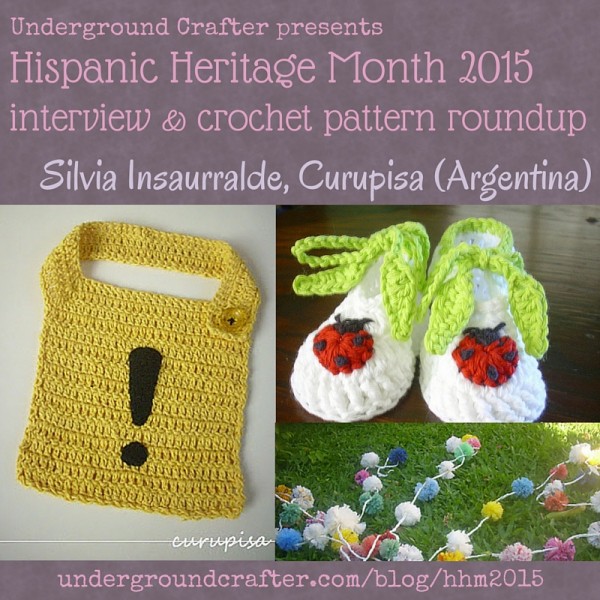 I’m sharing the eighth and final interview in this year’s Hispanic Heritage Month series with Silvia Insaurralde, the Argentinian crochet designer and blogger from Curupisa. I’ll also be including a roundup of my 5 favorite free crochet patterns from Silvia’s collection!
I’m sharing the eighth and final interview in this year’s Hispanic Heritage Month series with Silvia Insaurralde, the Argentinian crochet designer and blogger from Curupisa. I’ll also be including a roundup of my 5 favorite free crochet patterns from Silvia’s collection!
This post contains affiliate links.
Silvia can be found online on her website and blog, as well as on Facebook, Ravelry, and Twitter. She can also be found on Lopaitema, a collaborative (non-crafty) blog she shares with her husband. All images are used with permission and are copyright Silvia Insaurralde.
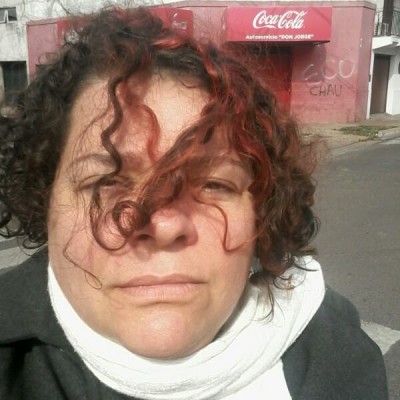
Underground Crafter (UC): How did you first learn to crochet and knit?
Silvia: I got into crochet and knitting through different ways.
My mum taught me how to crochet, I guess it was when I was about ten. I still remember vividly holding between my hands a number 2 ½ hook and some light pink mohair. It was a really some leftover yarn from a work she made to sell.
Knitting came to me a couple of years later, when my grandma Irma (my dad’s mum) taught me how to cast on, how to knit, how to purl. I don’t have a specific memory of that moment, except for the fact that she was knitting a scarf for my dad.
 UC: What inspired you to start designing?
UC: What inspired you to start designing?
Silvia: I’m a maker. I like the feeling that comes after I finish something that has my own mark. At first, when learning how to crochet or to knit, I made stuff by following other people’s patterns. After a while, I realized I was able to do some reverse engineering (I didn’t know there was such a thing until some time ago) and then I come up with the idea that maybe I was also able to create my own pieces, rather than following other people’s instructions.
But it wasn’t until quite recently that I started writing my own patterns. At first, I didn’t take notes of the progress of my stuff. All that came along with keeping a blog.
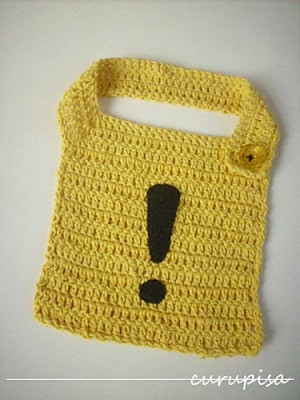
UC: Although you knit and crochet, you only have one knitting pattern. What do you prefer about designing for crochet?
Silvia: I realy am more into crochet than knitting – I cannot explain why, though, just like it better. Maybe it has to do with the beauty of the movement of the hands while crochetting, or with the fact that it requires a smaller and more comfortable tool.
Yet, I think there are pieces that look better when they are knit, such as men’s clothing.
UC: Your designs are entirely self-published. What do you enjoy about the self-publishing process?
Silvia: I thought of publishing patterns to sell, but I need more time and better tools to do so. Then there’s the fact that self publishing allows me to do what I want when I want it.
Yarns on Sale – Hundreds of yarns to choose from at Hancock Fabrics!
UC: Most of your patterns are available in both English and Spanish. What do you see as the challenges and benefits of writing bilingual patterns?
Silvia: I started doing so because I realized that I could reach a wider range of readers. But it became harder work, also. I’m not realy a professional pattern writer nor a crochet or knitting teacher, so what I do is mostly trial and error. What I realy enjoy about it all is seeing that I get readers from all around the world.
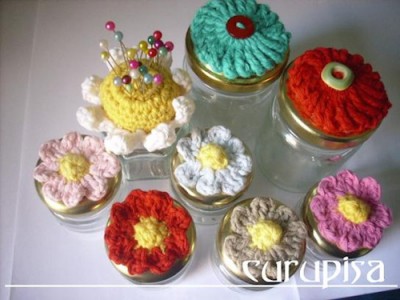
UC: Where do you generally find your creative inspiration?
Silvia: Most of the inspiration comes from the needs of my family or myself. What I make and think I could share turns into the patterns I publish.
UC: What was the crochet and knitting scene like in Argentina when you were growing up?
Silvia: When growing up, I was not aware of such scene. Both activities had to do more with domestic and feminine life. That’s how it all came to me. I just remember that the ladies lent each other the magazines and books or taught each other to knit or crochet. We used to do stuff mainly by following patterns from books or magazines, but they where mostly translations from what was published abroad. All of that during the afternoons, when they gathered to have mate (a typical drink from my region).
The other possibility came with TV programmes. I remember one in particular, called Utilísima, that grew to become a whole channel. It recently was shut.
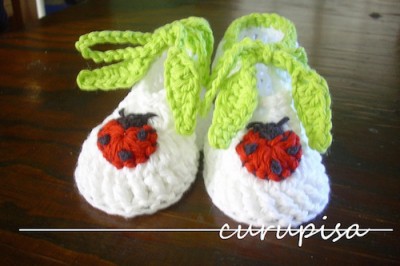
UC: How does that compare to the yarn crafts scene in Argentina today?
Silvia: The craft scene is quite active, and not so uniform. You will find that in larger cities it is also very influenced by trends that come from other places, I mean that it is not so different from what you’ll find in other countries. Then it changes a bit when you explore places that are far from the metropolian areas. Stuff has a different character as it mixes the native heritage with the Hispanic one.
 UC: Does your cultural background influence your crafting? If so, how?
UC: Does your cultural background influence your crafting? If so, how?
Silvia: My other source of inspiration comes from stuff that is a part of my own culture – such as the Pampa Cuff – or from my professional background – I’m a teacher and take inspiration from the books I read or stuff I do research about.
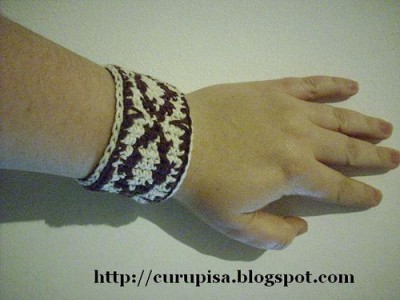
UC: What are your favorite crochet and knitting books in your collection?
Silvia: I own a collection that my father bought when I was a pre-teen, called Labores, along with some old magazines. Those are my treasures.
I don’t realy like the magazines that are published here nowadays, so I don’t buy them. I prefer to look for stuff on blogs or virtual communities.
UC: Are there any Spanish- or English-language crochet/knitting/crafty blogs or websites you visit regularly for inspiration or community?
Silvia: I’m a big fan of Alice Merlino, a.k.a. Futuregirl. I once posted a comment on her blog about the fact that I find her a very inspirational person. I was lucky she answered and we communicated through different means. Then, I regularly access Ravelry, which provides a lot of inspiration, as well.
There are other sites that I find inspirational. Mostly the ones that are linked on my blog.
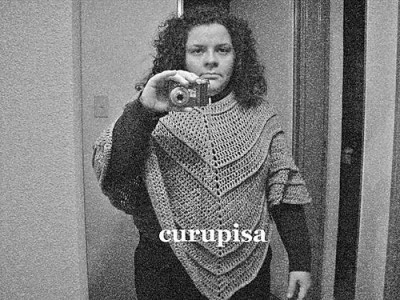
UC: Is there anything else you’d like to share?
Silvia: I just would like to finish by insisting on the fact that I consider myself a maker – and maybe an artist. I also try to rescue some kind of heritage that comes not only from my ancestors. I like to recollect the beauty that came to me through what the women from my family showed me. I’m not realy a domestic person and try not to follow the rules when it has to do with being a woman in a conservative society. I’d like to consider myself some kind of rebel on that. But those women played a great part on what I came to be as a crafter and as a person.

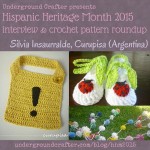
I’m so grateful for this interview!
Thanks for showing my work!
Thanks so much for sharing your work with us, Silvia!
love your work…i especially like the socks with rosetts on them..do u sell them?
Dolores, you’ll need to contact Silvia directly with any questions about her designs.